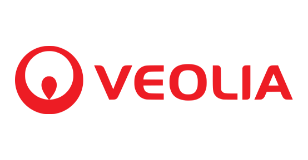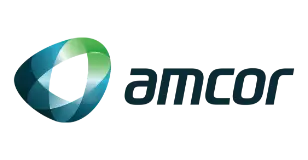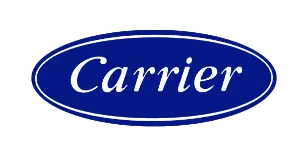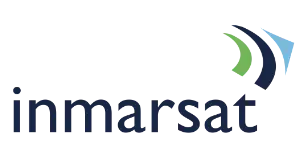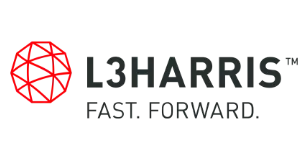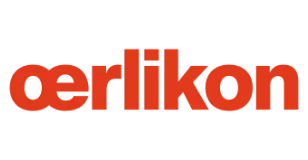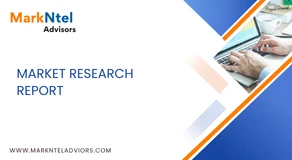
Global Malignant Melanoma Market Research Report: Forecast (2022-2027)
By Diagnosis (Biopsy, Blood Tests, Lab Tests, Imaging), By Treatment (Lymphadenectomy, Metastasectomy, Radiation Therapy, Chemotherapy, Immunotherapy (Yervoy (Ipilimumab), Keytruda... (Pembrolizumab), Opdivo (Nivolumab), Tecentriq (Atezolizumab), Relatlimab), Targeted Therapy (Mekinist (Trametinib), Tafinlar (Dabrafenib), Mektovi (Binimetinib), Braftovi (Encorafenib), Zelboraf (Vemurafenib), Others (Cotellic (Cobimetinib), etc.))) By End-User (Hospitals, Clinics, Specialty Cancer Centers), By Region (North America, South America, Europe, Middle East & Africa, Asia-Pacific), By Country (The US, Canada, Mexico, Brazil, The UK, Germany, France, Italy, Spain, South Africa, GCC, China, Japan, India, Australia, South East Asia), By Company (AstraZeneca PLC, Amgen Inc., Bristol Myers Squibb, F. Hoffmann-La Roche AG, GlaxoSmithKline PLC, Merck & Co., Inc., Novartis International AG, Pfizer Inc., Sun Pharmaceutical Industries Ltd., Others) Read more
- Healthcare
- Jun 2022
- Pages 185
- Report Format: PDF, Excel, PPT
Market Definition
Malignant melanoma is a tumor produced by the neoplasm (uncontrolled growth) of melanocytes derived from the neural crest. It usually occurs on the skin but can further spread in other areas where neural crest cells migrate. Most melanomas in the early stages do not present any particular symptoms. However, later they may appear as an already existing mole that displays size/color differences or lesions that do not heal. Its prevalence is rapidly growing worldwide, more commonly among Whites than Blacks & Asians. Being aggressive in nature, it can spread to numerous atypical locations through metastasis and hence has a poor prognosis.
Market Insights
The Global Malignant Melanoma Market is projected to grow at around 7% CAGR during the forecast period, i.e., 2022-27. The mounting patient pool for skin cancer & other skin allergies, rapidly increasing penetration of novel therapeutic agents, high unmet patient needs for melanoma treatment, and the launch of premium-priced therapies, like the combination of PD-1 and BRAF/MEK inhibitors, are the prime aspects driving the global market.
| Report Coverage | Details |
|---|---|
| Study Period | Historical Data: 2017-20 |
| Base Year: 2021 | |
| Forecast Period: 2022-27 | |
| CAGR (2022-2027) | 7% |
| Regions Covered | North America: The US, Canada, Mexico |
| Europe: Germany, The UK, Germany, France, Italy, Spain, Rest of Europe | |
| Asia-Pacific: China, Japan, India, Australia, South East Asia, Rest of Asia-Pacific | |
| South America: Brazil, Rest of Latin America | |
| Middle East & Africa: South Africa, GCC, Rest of Middle East & Africa | |
| Key Companies Profiled |
AstraZeneca PLC, Amgen Inc., Bristol Myers Squibb, F. Hoffmann-La Roche AG, GlaxoSmithKline PLC, Merck & Co., Inc., Novartis International AG, Pfizer Inc., Sun Pharmaceutical Industries Ltd., Others |
| Unit Denominations | USD Million/Billion |
Besides, various initiatives by governments of different countries worldwide for increasing the awareness about the early cancer detection & treatment, coupled with rapid technological advancements associated with the healthcare sector, and the advent of more effective diagnostics & therapeutics for malignant melanoma treatment, are also projected to boost the market in the coming years.
In general, the risk of developing malignant melanoma rises with age. However, new cases have been increasing among the younger population, i.e., those below 40 years. Moreover, there's a constantly surging need for affordable therapeutics for melanoma treatment owing to its burgeoning cost.
Surgery is the preferred method to treat primary skin cancer, but it alone fails for patients with advanced metastatic melanoma and thus, requires enhanced therapeutics. In recent years, with an improved understanding of cancer biology, various new therapeutic agents with promising potential have emerged as effective treatments for advanced melanoma and, in turn, project remunerative prospects for the Global Malignant Melanoma Market through 2027.
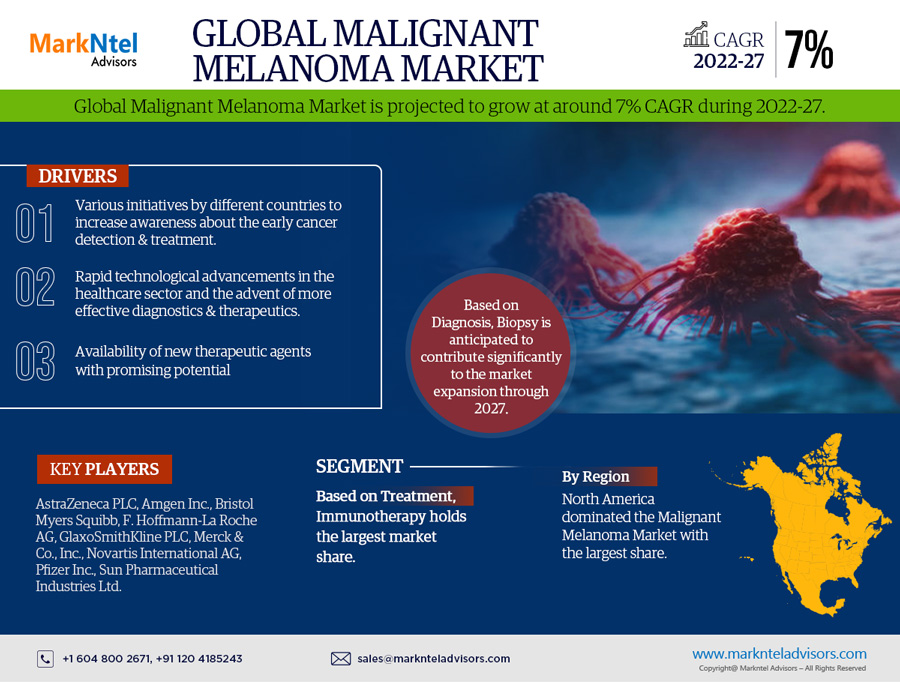
Market Segmentation
Based on Treatment:
- Lymphadenectomy
- Metastasectomy
- Radiation Therapy
- Chemotherapy
- Immunotherapy
- Yervoy (Ipilimumab)
- Keytruda (Pembrolizumab)
- Opdivo (Nivolumab)
- Tecentriq (Atezolizumab)
- Relatlimab
- Targeted Therapy
- Mekinist (Trametinib)
- Tafinlar (Dabrafenib)
- Mektovi (Binimetinib)
- Braftovi (Encorafenib)
- Zelboraf (Vemurafenib)
- Others (Cotellic (Cobimetinib), etc.)
Amongst all treatments, immunotherapy holds the largest share in the Global Malignant Melanoma Market, mainly due to its effectiveness & increasing approvals for novel immuno-oncology agents for melanoma treatment. The immune checkpoint inhibitor Yervoy (Ipilimumab), followed by Opdivo (Nivolumab) & Keytruda (Pembrolizumab), would continue dominating the overall market through 2027. It attributes to their
Keytruda (pembrolizumab) is likely to get approval as a first-line treatment for malignant melanoma across the major markets worldwide. However, Yervoy, despite strong competition, would remain the market leader over the forecast years.
- In March 2022, FDA approved Opdualag, i.e., a combination of immune checkpoint inhibitors, Nivolumab & Relatlimab-rmbw, for patients aged 12 years or older with unresectable or metastatic melanoma. Both drugs block proteins on immune cells, which, in turn, releases the immune response against cancer cells.
On the other hand, targeted therapies have been gaining significant momentum in the field of oncology, including malignant melanoma, owing to their minimum adverse effects on patient health and enhanced efficiency. FDA-approved targeted agents for melanoma treatment include Mekinist (Trametinib) & Tafinlar (Dabrafenib), both alone and combined, as well as the combination of Zelboraf & Cobimetinib.
Based on Diagnosis:
- Biopsy
- Blood Tests
- Lab Tests
- Imaging
Of all diagnoses, a biopsy remains the only foolproof method of determining if it is cancer, wherein a small sample of tissue gets tested in a laboratory. Other tests are also further prescribed to determine the overall stage of melanoma. Now it solely depends on the skin condition what type of biopsy would take place, and most often, the complete suspected area is cut using a scalpel.
Excision biopsy, wherein the entire tumor and a small margin of normal skin around it gets removed, is the recommended method for suspected malignant melanoma as it enables tumor diagnosis & staging while determining future investigation, treatment, & prognosis. On the other hand, incision biopsy is recommended only for large lesions, either on the face or acral areas.
In some cases, biopsies of areas other than the skin become necessary. For instance, a sentinel lymph node biopsy is the recommended diagnosis to know if cancer has spread to lymph nodes. If they have melanoma, i.e., a positive sentinel lymph node, it cites that cancer has spread, which calls for different treatments depending upon the situation.
Regional Landscape
Geographically, the Global Malignant Melanoma Market expands across:
- North America
- South America
- Europe
- Middle East & Africa
- Asia-Pacific
Amongst all regions globally, North America dominated the Malignant Melanoma Market and is much likely to continue its dominance during 2022-27. The rising incidence of melanoma skin cancer, growing availability of cancer therapeutics, especially premium-priced drugs, and favorable policies for healthcare reimbursements to cater to the unmet needs of patients are the prime factors that would drive the regional market in the future.
North America is home to the leading biotechnology & pharmaceutical companies that are taking various strategic initiatives to boost their revenue shares. Moreover, patents on around 20 oncology biologics are approaching their expiration by 2023, which, in turn, would lead to more market entrants & biosimilar products in oncology & with reduced pricing. In addition, the well-established healthcare facilities, especially in the US & Canada, further project remunerative prospects for the Malignant Melanoma Market through 2027.
On the other hand, Asia-Pacific is likely to attain significant market growth through 2027, wherein India & China will be the fastest-growing markets for melanoma diagnostics & therapeutics. The regional market growth attributes primarily to the large population base and the constantly surging instances of malignant skin cancers.
Besides, rapid regulatory approvals for therapeutic drugs and the availability of cost-efficient therapies are also driving the market across Asia-Pacific. With the extensively available clinical research organizations in different countries of Asia-Pacific, several pharmaceutical & biotechnology firms are establishing themselves across the region to cater to the burgeoning demand for effective & affordable medications. Hence, these aspects would drive the Malignant Melanoma Market across Asia-Pacific over the forecast years.
Key Questions Answered in the Market Research Report:
- What are the overall statistics or estimates (Overview, Size- By Value, Forecast Numbers, Segmentation, Shares) of the Global Malignant Melanoma Market?
- What are the region-wise industry size, growth drivers, and challenges?
- What are the key innovations, opportunities, current & future trends, and regulations in the Global Malignant Melanoma Market?
- Who are the key competitors, their key strengths & weaknesses, and how do they perform in the Global Malignant Melanoma Market based on the competitive benchmarking matrix?
- What are the key results derived from surveys conducted during the Global Malignant Melanoma Market study?
Frequently Asked Questions
- Introduction
- Research Process
- Assumption
- Market Segmentation
- Market Definition
- Executive Summary
- Global Malignant Melanoma Market Trends & Insights
- Global Malignant Melanoma Market Regulation & Policy, By Country
- Global Malignant Melanoma Market Dynamics
- Growth Drivers
- Challenges
- Impact Analysis
- Global Malignant Melanoma Market Hotspot and Opportunities
- Global Malignant Melanoma Market Outlook, 2017- 2027
- Market Size and Analysis
- By Revenues in USD Million
- Market Share and Analysis
- By Diagnosis
- Biopsy
- Blood Tests
- Lab Tests
- Imaging
- By Treatment
- Lymphadenectomy
- Metastasectomy
- Radiation Therapy
- Chemotherapy
- Immunotherapy
- Yervoy (Ipilimumab)
- Keytruda (Pembrolizumab)
- Opdivo (Nivolumab)
- Tecentriq (Atezolizumab)
- Relatlimab
- Targeted Therapy
- Mekinist (Trametinib)
- Tafinlar (Dabrafenib)
- Mektovi (Binimetinib)
- Braftovi (Encorafenib)
- Zelboraf (Vemurafenib)
- Others (Cotellic (Cobimetinib), etc.)
- By End-User
- Hospitals
- Clinics
- Specialty Cancer Centers
- By Region
- North America
- South America
- Europe
- Middle East & Africa
- Asia-Pacific
- By Company
- Competition Characteristics
- Revenue Shares
- Competitor Placement in MarkNtel Advisor’s Quadrant
- By Diagnosis
- Market Size and Analysis
- North America Malignant Melanoma Market Outlook, 2017- 2027
- Market Size and Analysis
- By Revenues in USD Million
- Market Share and Analysis
- By Diagnosis
- By Treatment
- By End-User
- By Country
- The US
- Canada
- Mexico
- Market Size and Analysis
- South America Malignant Melanoma Market Outlook, 2017- 2027
- Market Size and Analysis
- By Revenues in USD Million
- Market Share and Analysis
- By Diagnosis
- By Treatment
- By End-User
- By Country
- Brazil
- Rest of Latin America
- Market Size and Analysis
- Europe Malignant Melanoma Market Outlook, 2017- 2027
- Market Size and Analysis
- By Revenues in USD Million
- Market Share and Analysis
- By Diagnosis
- By Treatment
- By End-User
- By Country
- The UK
- Germany
- France
- Italy
- Spain
- Rest of Europe
- Market Size and Analysis
- Middle East & Africa Malignant Melanoma Market Outlook, 2017- 2027
- Market Size and Analysis
- By Revenues in USD Million
- Market Share and Analysis
- By Diagnosis
- By Treatment
- By End-User
- By Country
- South Africa
- GCC
- Rest of Middle East & Africa
- Market Size and Analysis
- Asia-Pacific Malignant Melanoma Market Outlook, 2017- 2027
- Market Size and Analysis
- By Revenues in USD Million
- Market Share and Analysis
- By Diagnosis
- By Treatment
- By End-User
- By Country
- China
- Japan
- India
- Australia
- South East Asia
- Rest of Asia-Pacific
- Market Size and Analysis
- Global Malignant Melanoma Market Key Strategic Imperatives for Success and Growth
- Competitive Outlook
- Competition Matrix
- By Application Portfolio
- Brand Specialization
- Target Markets
- Target by Applications
- Research & Development
- Strategic Alliances
- Strategic Initiatives
- Company Profiles (Business Description, By Application Segments, Business Segments, Financials, Strategic Alliances/ Partnerships, Future Plans)
- AstraZeneca PLC
- Amgen Inc.
- Bristol Myers Squibb
- F. Hoffmann-La Roche AG
- GlaxoSmithKline PLC
- Merck & Co., Inc.
- Novartis International AG
- Pfizer Inc.
- Sun Pharmaceutical Industries Ltd.
- Others
- Competition Matrix
- Disclaimer
MarkNtel Advisors follows a robust and iterative research methodology designed to ensure maximum accuracy and minimize deviation in market estimates and forecasts. Our approach combines both bottom-up and top-down techniques to effectively segment and quantify various aspects of the market. A consistent feature across all our research reports is data triangulation, which examines the market from three distinct perspectives to validate findings. Key components of our research process include:
1. Scope & Research Design At the outset, MarkNtel Advisors define the research objectives and formulate pertinent questions. This phase involves determining the type of research—qualitative or quantitative—and designing a methodology that outlines data collection methods, target demographics, and analytical tools. They also establish timelines and budgets to ensure the research aligns with client goals.
2. Sample Selection and Data Collection In this stage, the firm identifies the target audience and determines the appropriate sample size to ensure representativeness. They employ various sampling methods, such as random or stratified sampling, based on the research objectives. Data collection is carried out using tools like surveys, interviews, and observations, ensuring the gathered data is reliable and relevant.
3. Data Analysis and Validation Once data is collected, MarkNtel Advisors undertake a rigorous analysis process. This includes cleaning the data to remove inconsistencies, employing statistical software for quantitative analysis, and thematic analysis for qualitative data. Validation steps are taken to ensure the accuracy and reliability of the findings, minimizing biases and errors.
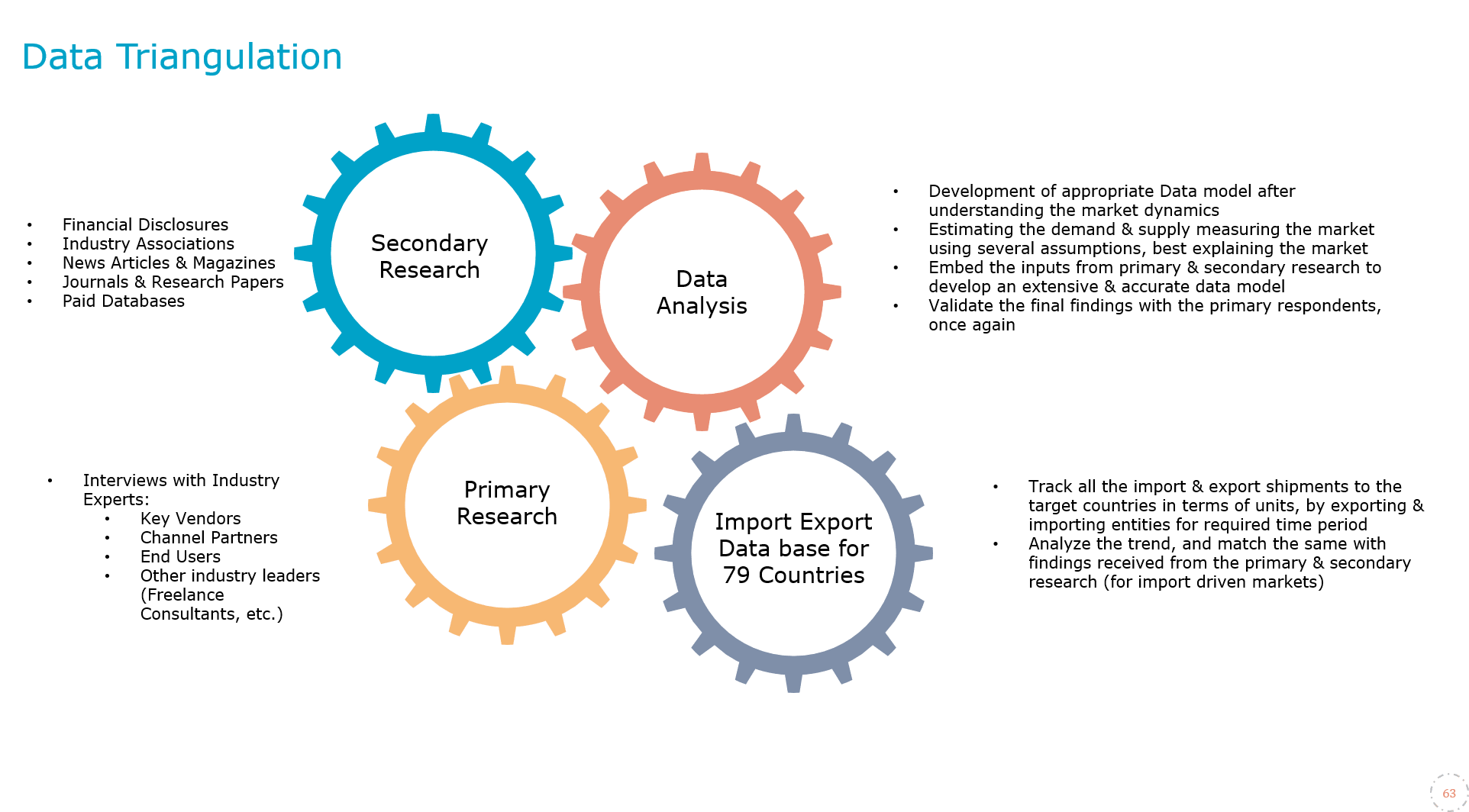
4. Data Forecast and FinalizationThe final phase involves forecasting future market trends based on the analyzed data. MarkNtel Advisors utilize predictive modeling and time series analysis to anticipate market behaviors. The insights are then compiled into comprehensive reports, featuring visual aids like charts and graphs, and include strategic recommendations to inform client decision-making

